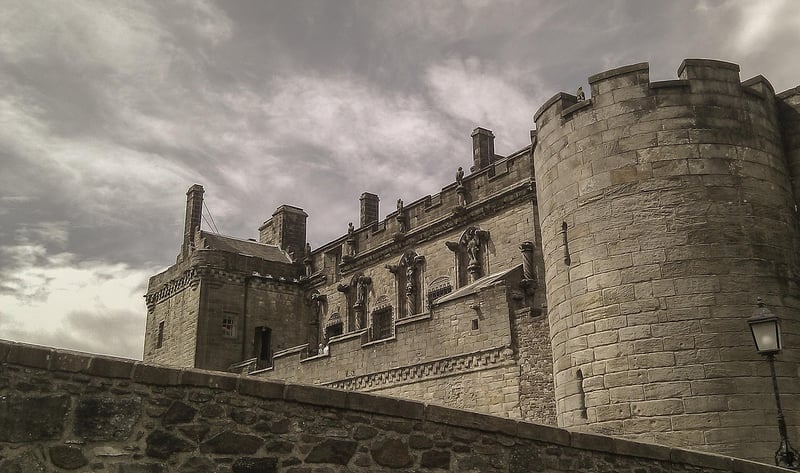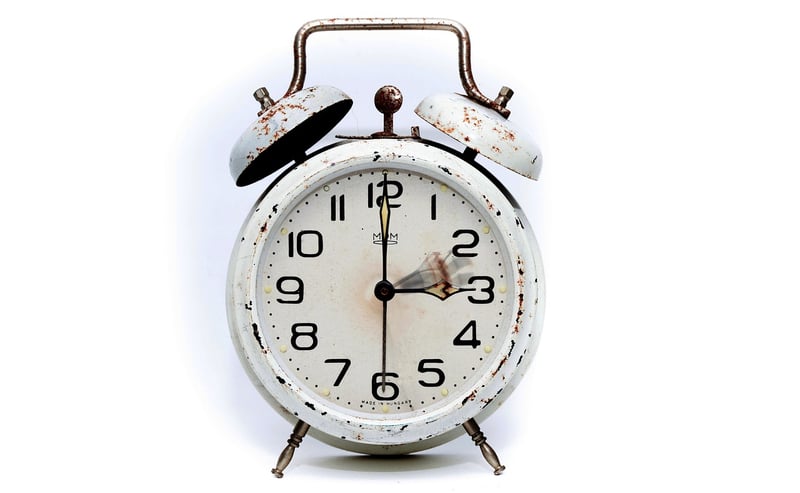Medieval Times
Exploring Different Historical Periods: Medieval Times
History is a tapestry woven with the threads of different periods, each offering unique insights into the past. One such fascinating era is Medieval Times, characterized by knights, castles, and feudalism. Let's delve into this captivating period and uncover its mysteries.
The Middle Ages: An Overview
The Medieval Period, also known as the Middle Ages, spanned roughly from the 5th to the 15th century. It is divided into three main sub-periods: the Early Middle Ages, the High Middle Ages, and the Late Middle Ages. This era witnessed significant developments in art, architecture, literature, and warfare.
Key Features of Medieval Times
- Feudalism: A hierarchical system where land was exchanged for military service.
- Chivalry: The code of conduct followed by knights, emphasizing honor, bravery, and courtesy.
- Castles: Fortified structures used for defense and residence by nobility.
- The Crusades: Series of religious wars fought between Christians and Muslims for control of the Holy Land.
- Black Death: A devastating pandemic that swept through Europe in the 14th century, resulting in widespread death.
Notable Figures of the Medieval Period
Medieval Times saw the rise of influential individuals who left a lasting impact on history:
- Charlemagne: The Frankish king who was crowned Emperor of the Romans in 800 AD.
- Joan of Arc: The French heroine who played a key role in the Hundred Years' War.
- William the Conqueror: The Norman king who claimed the English throne in 1066.
Legacy of Medieval Times
While the Medieval Period is often romanticized, it was a time of great turmoil and upheaval. Its legacy can be seen in modern institutions, architecture, and literature. Exploring this era offers a glimpse into the struggles and triumphs of our ancestors.
Embark on a journey through time and unravel the mysteries of Medieval Times, where honor, valor, and intrigue await!

Image source: Pixabay
